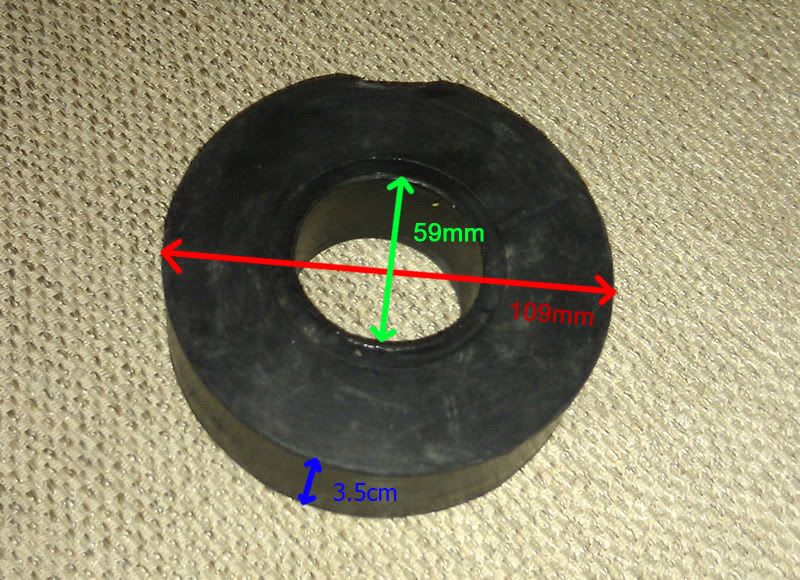Q: What are 'twin tube' or 'hydro' shocks?
A: The twin-tube design is the most common and often times the least expensive. These are the ordinary shock absorbers that typical passenger cars and trucks use, and they are widely available at car dealerships, auto parts stores and repair facilities. As the name implies, in a twin-tube shock, there are two actual tubes – one the outer shock body and the other a cylinder inside in which the piston moves. Tiny holes or orifices in the piston as well as special valves between the inner and outer tubes restrict the flow of oil to control wheel motion.
The limitations of twin-tube shocks become apparent when they are used over very bumpy roads. In this case, the rapid motion of the piston can cause the oil to overheat and to foam, reducing the shock absorber's ability to control wheel motion. The result is a ride that becomes increasingly sloppy, especially when traveling over a washboard surface. Heavy-duty twin-tube shock absorbers are usually stronger, with more robust piston shafts and mounting points, and they may use oils that are more resistant to foaming, but ultimately they still have the same limitations.
- Kevin Clemens, Mobil 1 Racing
Q: What are 'mono tube' or 'nitro' gas filled shocks?
A: The heat generated in the twin-tube shock tends to get trapped within the walls of the shock absorber body, reducing its effectiveness in controlling wheel motions. The mono-tube shock absorber uses a piston traveling within a single tube that is exposed more directly to the air. The general advantages and disadvantages of this design are:
• By getting rid of heat more easily, mono-tube shocks are less susceptible to overheating on rough roads.
• They are more expensive to manufacture however, and the tolerances must be higher and the seals better to keep the oil inside the shock body.
To prevent foaming and bubbles in the oil, which degrades shock-absorber performance, a gas-filled mono-tube shock has a chamber of high-pressure nitrogen above the oil chamber. This high-pressure gas makes it difficult for bubbles to form in the oil, even when the shock absorber moves in and out very quickly, as it might while traveling rapidly on a very rough or washboard road.
Gas-filled shocks are expensive, since they require strict manufacturing tolerances, but they are very resistant to fade and consequently are popular in off-road racing and rallying. Gas-filled shocks, by the way, are not the same as "air shocks" which use an air chamber separate from the shock oil. An air shock is actually an air spring that raises or lowers the vehicle when air is added or removed through a valve.
- Kevin Clemens, Mobil 1 Racing





 và chắc cần thêm bộ ốc lệch tâm
và chắc cần thêm bộ ốc lệch tâm

 Hay bác chuyển hẳn sang Fe đi ợ, tự dưng dư ra một khoản xiền thưởng nhân viên giáp Tết
Hay bác chuyển hẳn sang Fe đi ợ, tự dưng dư ra một khoản xiền thưởng nhân viên giáp Tết